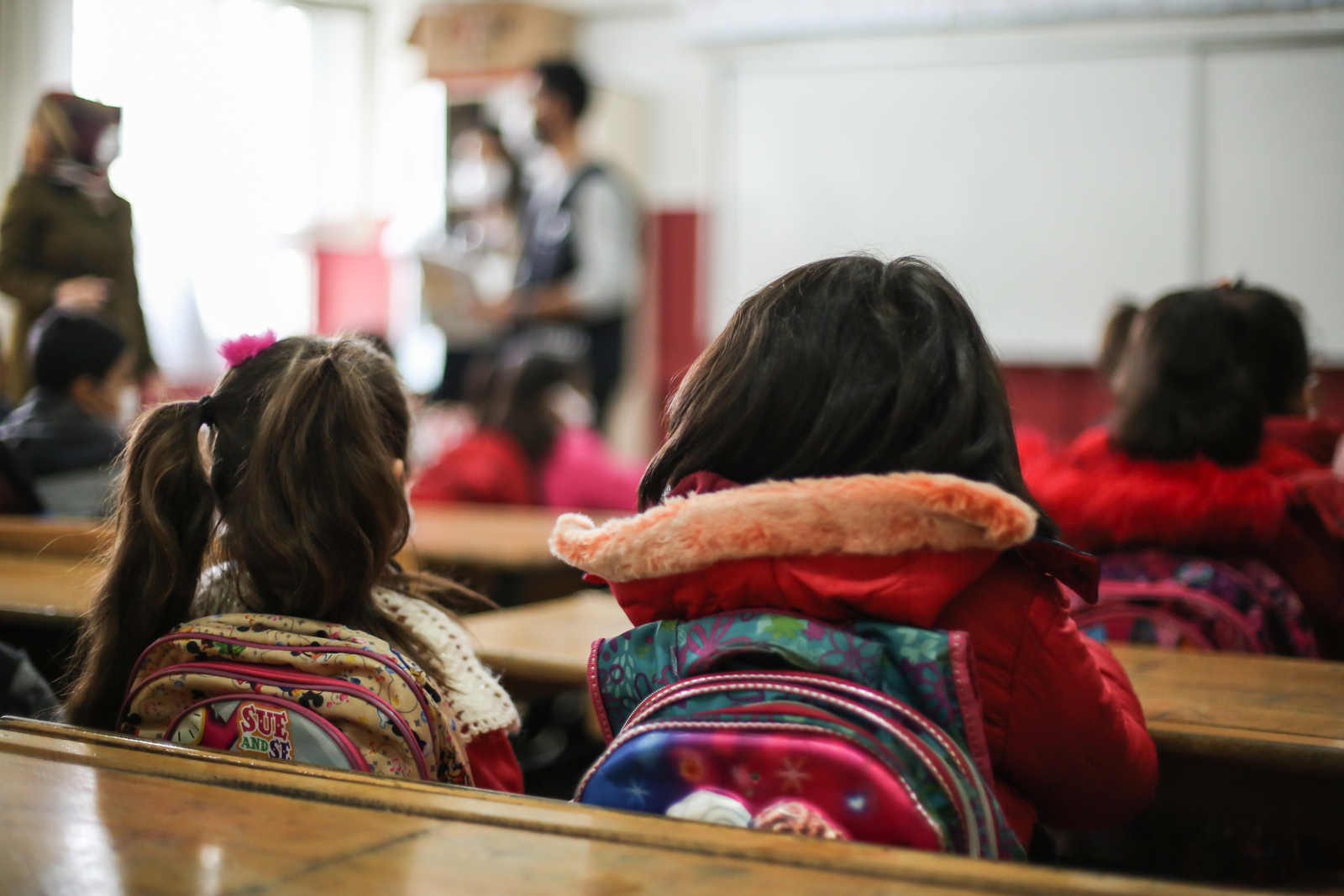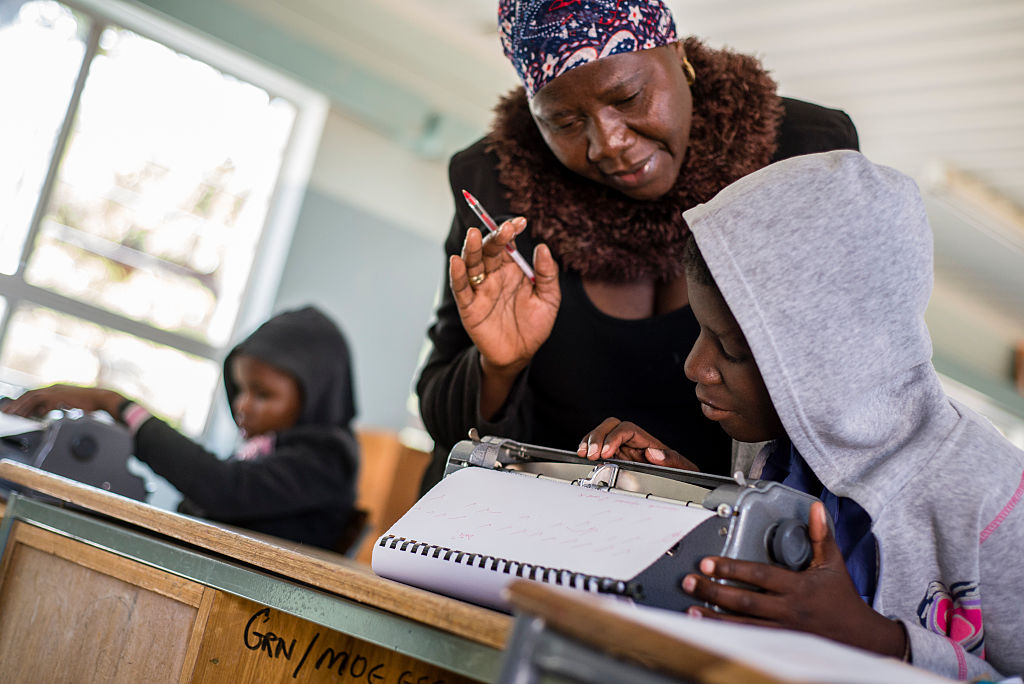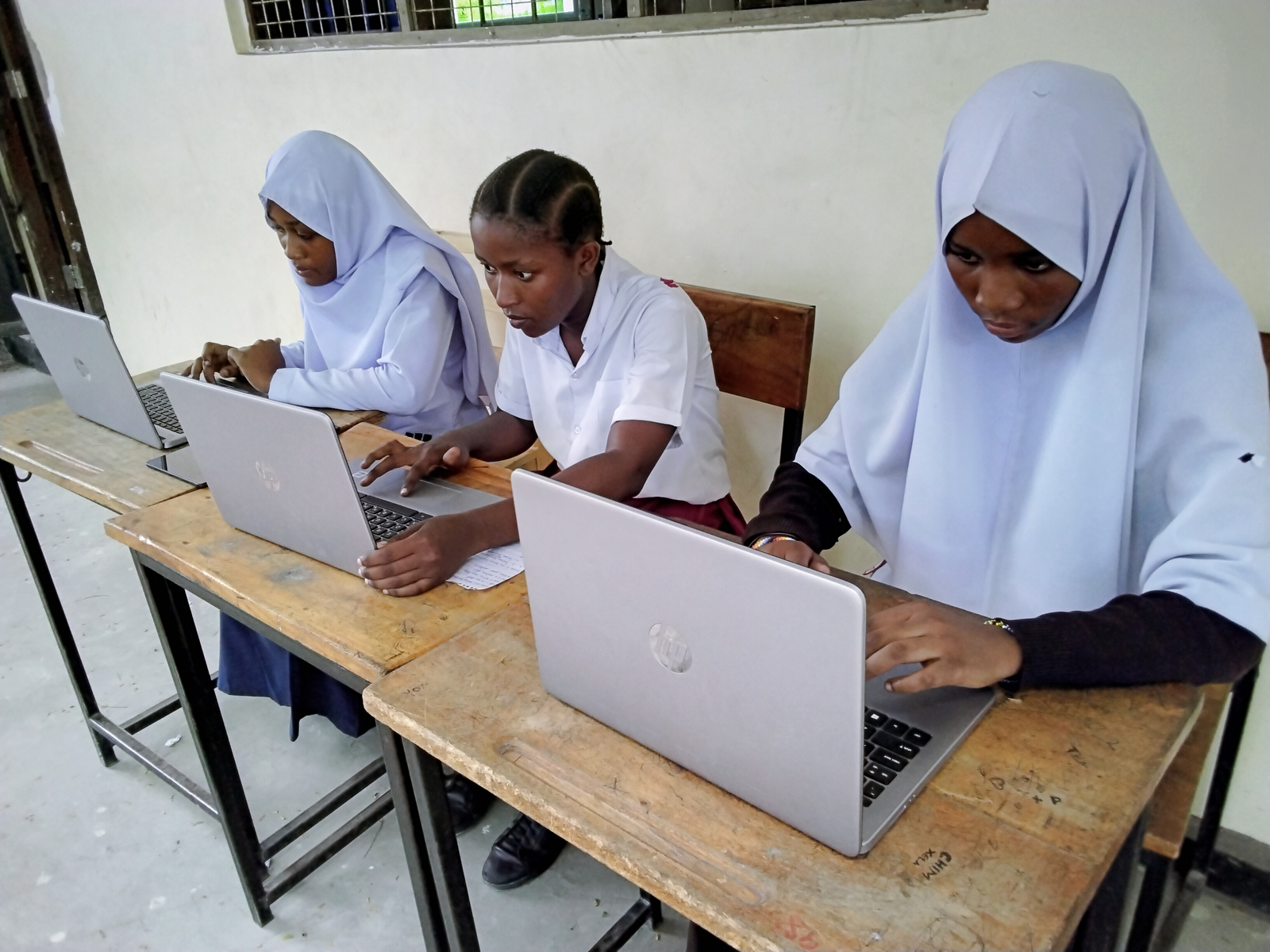
Why girls around the world are still denied an equal chance of education
Barriers to education, Child marriage, Children in conflicts, Children with disabilities, Education in emergencies, Girls' education, Right to education, Teachers and learning
Girls are still less likely to attend school than boys - and many of the obstacles behind this gender gap are examined in a United Nations report.
When the new century began 17 years ago, there was a major push to get girls around the world into education.
There have been some notable successes. Between 2000 and 2015, the gender gap in literacy narrowed dramatically and the number of girls going to primary school rose significantly.
But it hasn’t been enough. In more than half of all countries, there’s still a large gender gap when it comes to attendance at lower secondary school.
“Despite universal recognition of the right to education for everyone, girls are still more likely than boys never to attend school,” says a stark line from a United Nations report on girls’ education.

“It is estimated that 15 million girls – mainly those living in poverty – will never set foot in a classroom, compared to 10 million boys.”
The gap is even wider in conflict zones, where girls are nearly two and a half times more likely to be out of school than boys.
The report, produced this month by the Office of the UN High Commissioner for Human Rights (OHCHR) is titled “Realisation of the equal enjoyment of the right to education by every girl”.
It highlights the obstacles to girls getting a quality education and puts forward a series of recommendations to remedy the issues. Here are some extracts that give a flavour of the report.
The obstacles to girls getting education
GENDER STEREOTYPES
“Gender stereotypes about the role of women as relegated to the family sphere underpin all obstacles to girls’ equal access to quality education. Girls are often socialised to assume domestic and care responsibilities, with the assumption that they will be economically dependent on men. The stereotype of men as breadwinners leads to the prioritisation of boys’ education.”
LEGISLATION, POLICIES AND BUDGETS
“Several states have laws and policies that curtail girls’ equal enjoyment of the right to education. Even apparently gender-neutral laws and policies can – often owing to prevailing social norms – result in girls being left out of school… These include laws and policies that allow child marriage, permit discriminatory school admission criteria, such as excluding pregnant girls, and restrict girls’ freedom of movement.”
COSTS
“Girls are more likely to perform poorly at school and drop out when parents or guardians live in poverty and/or cannot afford to pay school expenses, such as school fees, textbooks, uniforms, transportation and lunches. This is compounded by gendered expectations related to domestic and care responsibilities, and parental biases towards boys’ education for them to have better career prospects.”
DISTANCE
“When schools are far from homes, such as in rural and remote areas, the likelihood of girls’ non-attendance increases. Girls are also particularly affected when their freedom of movement is restricted… Girls in remote and rural settings also tend to drop out of school more regularly than other girls owing to often exacerbated expectations relating to childcare, seasonal work or fetching firewood and water.”
EDUCATION INFRASTRUCTURE
“Girls may be unwilling to attend school or discouraged from doing so by parents or guardians when schools do not provide water, safe and separate toilets/changing rooms nor take into account girls’ particular health needs. Their concentration and participation in class may also be negatively affected in those circumstances.”
PREGNANCY
“Prohibitive laws or regulations often deny pregnant girls access to school on the premise that girls stop being children once they become pregnant. They are also often not provided with adequate support and services during their pregnancy nor after they give birth.”
GENDER-BASED VIOLENCE
“Girls are often subjected to gender-based violence on the way to/from and in school, including sexual harassment, assault, abduction, psychological attacks and bullying, perpetrated predominantly by male students, teachers and community members, but also by women and girls, often with impunity. Such violence may target girls who attend school or girls, parents and teachers who promote gender equality and girls’ right to education. “
CONFLICT AND SITUATIONS OF INSTABILITY
“Girls’ education is compromised when schools are targeted, looted and/or destroyed, closed owing to insecurity or occupied for military purposes or as shelters. Grave rights violations following the ‘normalisation of gender-based violence’ deter and prevent girls from attending school and may include targeted attacks, forced exclusion, forcible recruitment, abduction, sexual slavery, harassment and threats against girls by armed groups and criminal gangs.”
Recommendations to give girls equal access to education
The report makes 18 recommendations to achieve gender equality. It says countries and all stakeholders should ensure that:
- All forms of discrimination, laws, policies and practices that directly or indirectly block girls’ access to education are eradicated
- Adequate funding and budgets are given for girls’ education
- Every girl is aware of her right to education
- Girls’ education and an end to gender stereotypes are promoted
- School curriculums, textbooks and teaching methods are reviewed and revised
- Girls enjoy the same quality of education as boys
- Teachers are qualified and adequately trained including on gender equality
- Girls get access to safe drinking water, separate toilets and resources for menstrual hygiene – with attention to disabled girls
- Education is safe and physically accessible, including for girls in rural and remote areas (and including safe transportation)
- Pregnant girls can continue in school – and have access to childcare, breastfeeding facilities and counselling on school premises
- Violence against girls is eliminated
- Girls and schools are protected from attacks on girls’ education including use of schools for military or shelter purposes
More news

Technology has the power to expand education for children with disabilities
